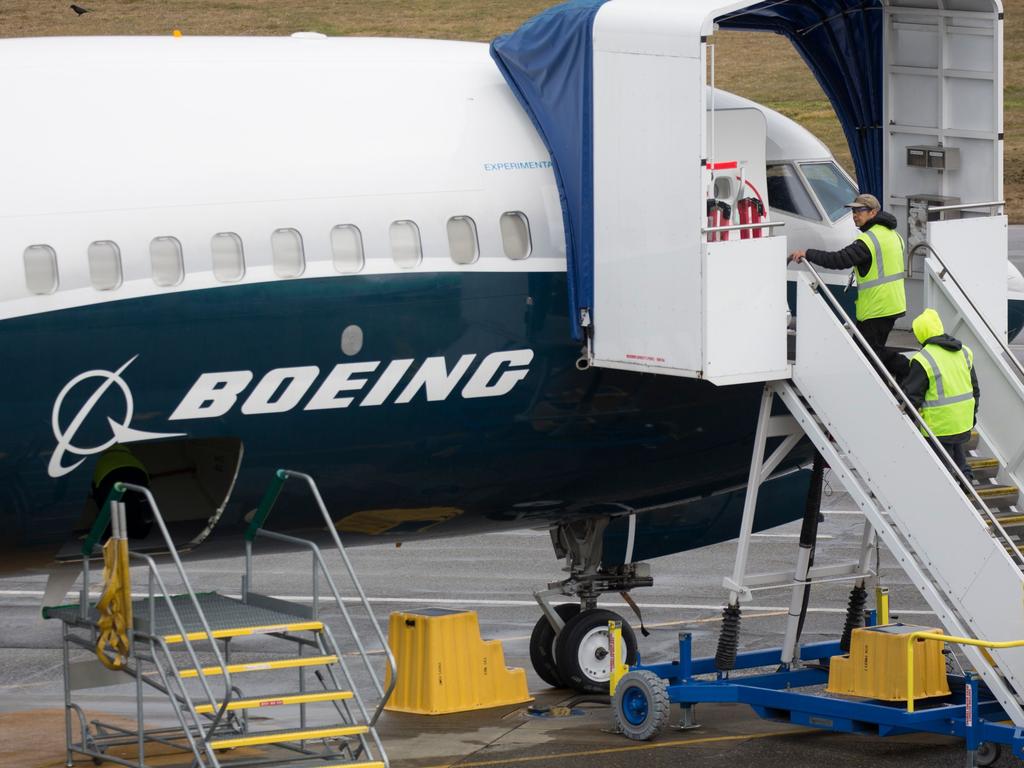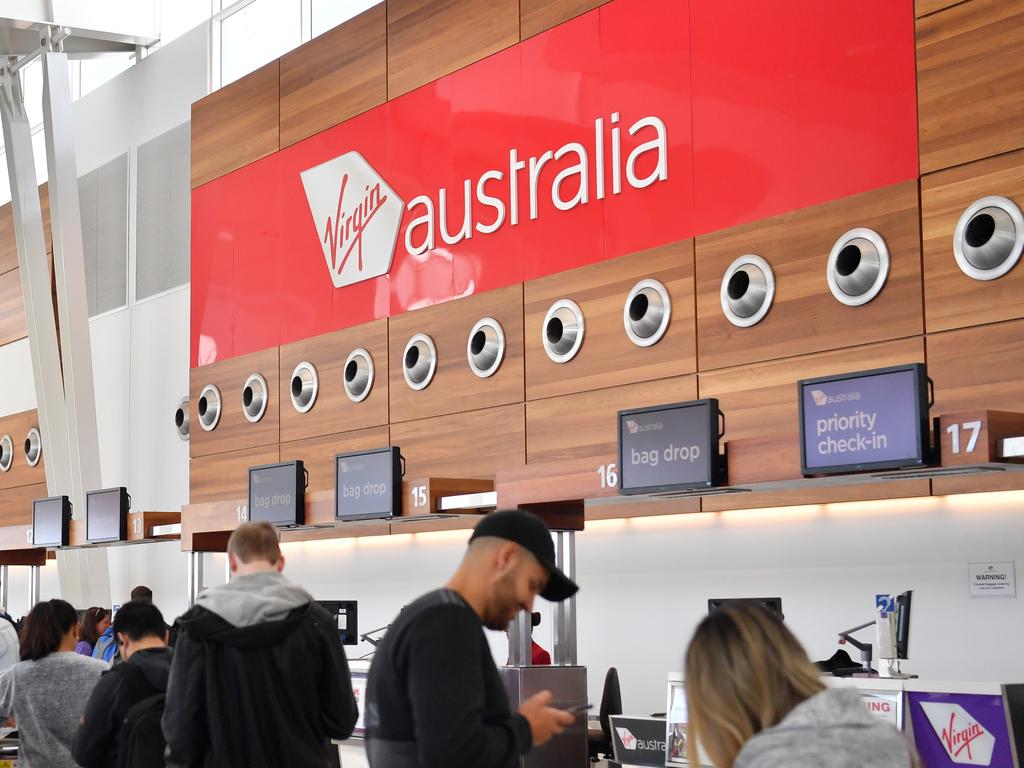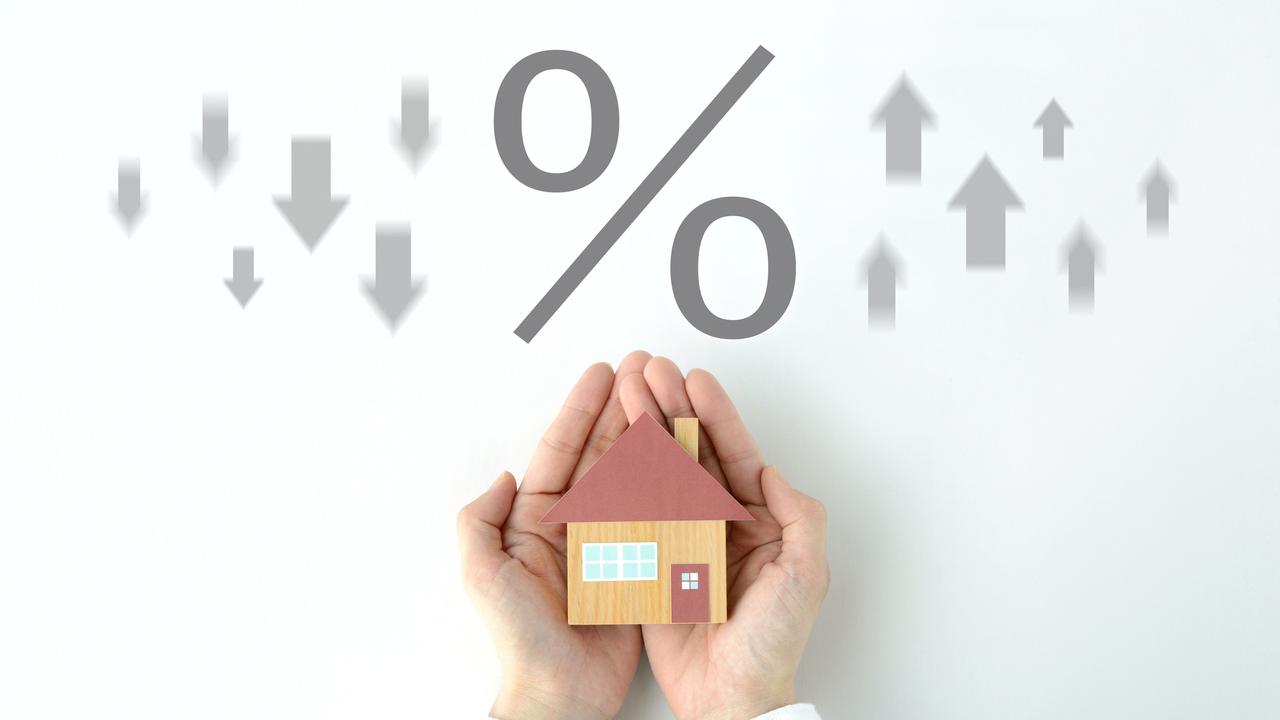Recession technicalities trivialise pain of job loss

For four months, investment markets have been pummelled by the COVID-19 pandemic and its damage to economic activity around the word. Sharemarkets, in particular, have swung widely as most countries introduced lockdowns to contain the spread of the virus and then put in place unprecedented moves in budget and monetary policies to support flailing economies.
My recent columns looked at the outlook for sharemarkets over three periods: the next three months or so (I suggested periods of weakness but maybe not falling to the low levels of March 23), at year-end (perhaps shares would benefit from the macro-policy changes), and over the year or two from early 2021 (maybe moderate average returns).
Readers ask: why did sharemarkets fall so quickly and so far from February 20 and then rebound so much after March 23? How are the Australian economy and markets placed relative to other countries? And how long might the pandemic-caused recession last?
Many investors recognise there are times — and 2020 is one of them — when they need keep one eye on the fundamental forces affecting investment markets and the other eye on market sentiment. It’s the wide swing in market sentiment since late January that’s driven the decline and partial recovery in share prices.
The biggest influence on investment sentiment has been changes in worries about the human costs and the economic costs from the pandemic. In late February and much of March, the quick spread of the virus, along with early modelling that indicated huge numbers of people would die, caused panic in investment markets. By late March, modelling on the pandemic’s impact was more cautious; and a huge shift in economic policies was being announced. In April and May, investor concerns eased further — perhaps excessively at times — by expectations the social distancing and quarantining requirements would soon “flatten the curves” in Europe and the US.
In coming months, sentiment in sharemarkets could quickly turn downbeat again, if the number of people carrying the COVID-19 infection were to rise significantly, or tensions between the US and China were to worsen, or the global slump were to cause cuts of more than the third or so now incorporated in forecasts of company profits, or a slew of important economic numbers were to come in well below the gloomy levels now expected. To hold cash to buy quality shares cheaply at times of market weakness still has appeal.
In some ways, Australia is better placed than most other countries to cope with the economic and financial consequences of the pandemic. Along with New Zealand and Taiwan, we’ve done well in containing infections and deaths, though we made mistakes including allowing 2700 people to leave the cruise ship Ruby Princess in Sydney Harbour without testing or quarantining. Our national cabinet sought, and took, sensible advice.
Signs of, or worries about, an imminent global recession usually lead to a collapse in our commodity prices. This time around, energy prices including LNG and steaming coal have weakened, but the price of iron ore, our major export, has held up well (it has been above $US90 a tonne).
A lot is at stake in the outcome and duration of China’s recent moves to restrict some Australian exports.
In every country, the stock of outstanding government bonds will increase rapidly over the next couple of years. Our ratio of net government debt to GDP, though high, is a lot lower than in most other rich countries.
Around the world, budget and monetary policies have been reset; but it’s hard to say how the global economy will respond. My guess is global growth will be positive again from the end of this year or early next year but much will depend on the public’s perceptions of whether or not the pandemic is being contained; also, on how the heightened geopolitical worries work out, especially China’s relations with the US and, for us, the risks of China seriously disrupting our exports. Recovery will be very uneven, industry by industry.
But how should we define a recession? The usual definition — at least of a “technical recession” — is successive quarters of declines in real GDP. However, here and abroad, the slump caused by COVID-19 is likely to affect jobs more than GDP. It would trivialise the severity of the economic pain to say recession ends as soon as GDP is no longer falling in successive quarters.
Turning to Australia, my preference has for a long time been to call it a recession when there’s a serious contraction in jobs, household and business confidence, and total demand. On that basis, Australia’s has had five recessions since 1945; they were 1952 (when I was 11, there were no quarterly numbers for GDP, and my information was a two-day-old copy of the Maitland Mercury), 1961, 1974, 1991 and 2008.
There’s a chance (albeit a slim one) that the Australian national accounts for the March quarter, to be released on June 3, will show positive GDP growth — if the surge in retail sales in the month of March and bounteous production of iron ore offset the slumps in house construction and business capital spending.
There’s a much stronger chance of growth in GDP being strongly positive in the September quarter, following its steep contraction in the three months to June and with the fiscal boost coming through. That is, Australia may have just one negative quarter of growth in GDP in the horror year 2020 — and chalk up three decades without a “technical recession”.
But think how that would trivialise the economic pain from COVID-19, particularly for our job numbers. And, in part, it would be due to the panic buying by households in March.
It’s a recession, here and abroad, whether or not there are successive contractions in real GDP.
Don Stammer is an adviser to Stanford Brown Financial Advisers. The views expressed are his alone.






